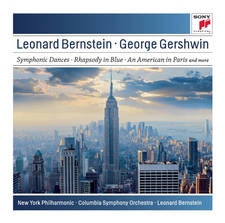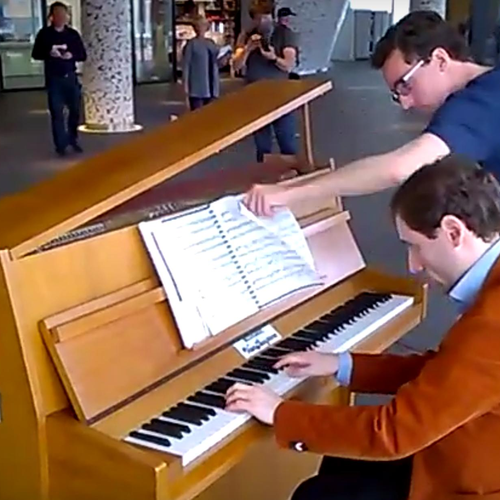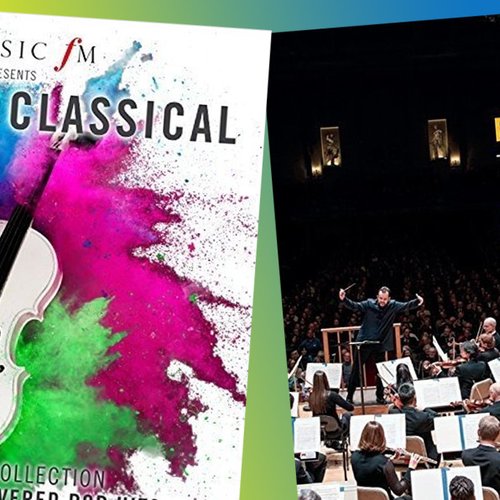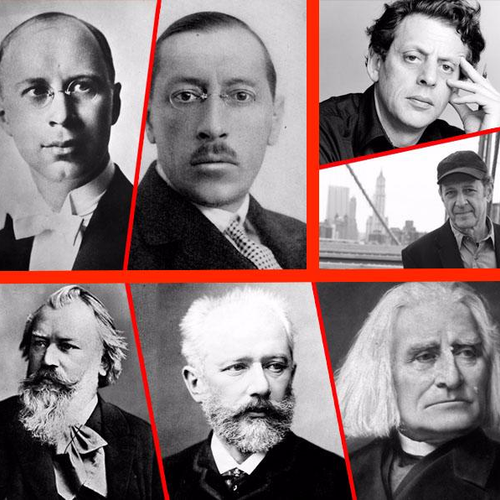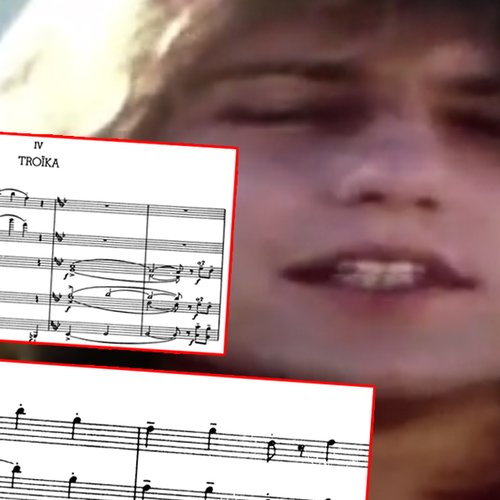Sergei Prokofiev: Symphony No. 1 in D
Prokofiev was twenty-six when he composed his First Symphony, chiefly on holiday in the countryside.
It received its premiere in St Petersburg in 1918 and Prokofiev had a very clear plan when it came to writing the work: ‘I thought that if Haydn were alive today he would compose just as he did before, but at the same time would include something new in his manner of composition. I wanted to compose such a symphony: a symphony in the classical style’.
Many musical historians cite Prokofiev’s Symphony No. 1 as evidence that he, rather than Stravinsky, is the true father of the movement known as ‘neo-Classicalism’: namely, the twentieth-century modernists who wrote their own version of the music of the classical period.
And yet Prokofiev seems to be showing his neo-classical colours more as an exercise than because of any true belief in a movement; Stravinsky was writing ‘classical’ music with the benefit of the hindsight of his position in the twentieth century. Prokofiev was more imagining himself back in the eighteenth century, and imagining what he would have produced then. The resulting blend of the styles of two eras has gained the work a lasting place in the repertoire, proving to be one of the most popular symphonies, for listeners and players alike.
Recommended Recording
St Paul Chamber Orchestra; Hugh Wolff (conductor). Warner: 2564694520.
Illustration: Mark Millington
